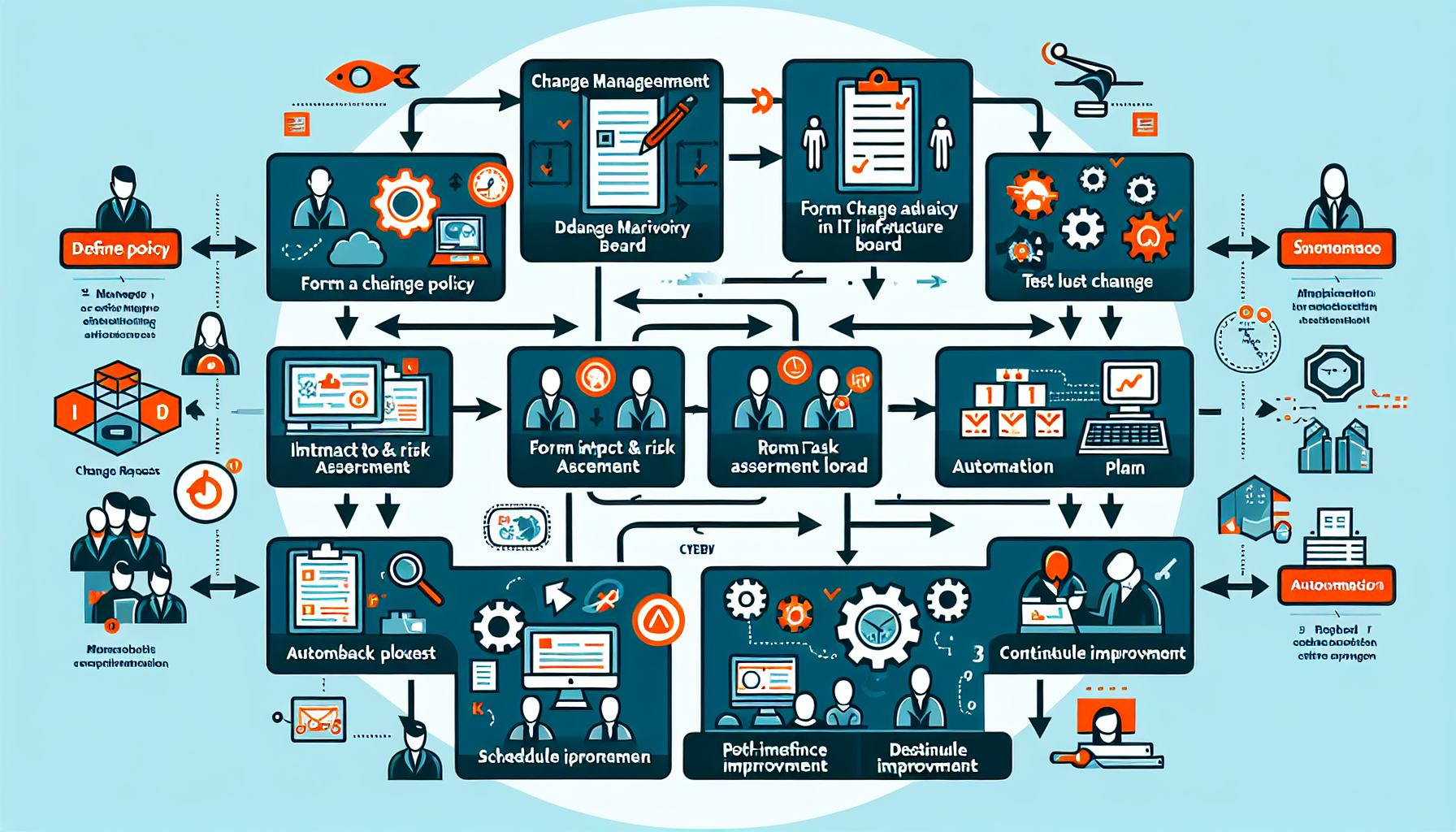How do I implement change management in IT infrastructure?
Implementing change management in IT infrastructure is essential to ensure that changes to your systems, applications, and environment are carried out in a controlled, efficient, and non-disruptive manner. Below is a step-by-step guide tailored to IT infrastructure, including data centers, storage, servers, virtualization, Kubernetes, and other components: 1. Define a Change Management Policy Scope: Determine […]
